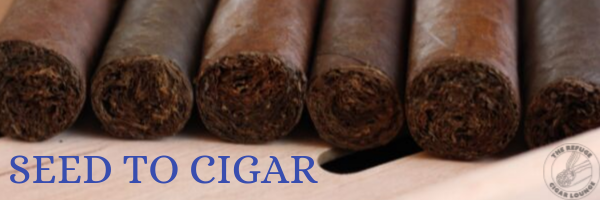There are 3 basic ways to make a cigar. Of course, there are variations here and there on each type and what is acceptable under each classification and also what each factory refers to them as. However, we’d be here for a few more weeks if we were to break them all down, so we’re going to go with the most basic definitions for now of handmade, machine bunched, and machine-made.
Handmade is just that; everything done by hand. The cigar is bunched, rolled, and trimmed by hand. This can be done by one person or split between a buncher and a roller. The entire cigar must be done by hand from start to finish to fit into this category.
In the method of machine bunched, the filler is quite literally bunched and the binder is applied. A cigar roller then takes the cigar and applies the wrapper by hand. This can actually still be referred to as handmade since the wrapper is put on by hand. It is legal to label the cigar as soon, but you can see how it can be a grey area to the consumer.
And, pretty obvious, the machine-made cigars are completely assembled by a machine. The filler, binder, and wrapper are completely done hands-free.
Once the cigars are rolled, caps placed, and feet trimmed to the proper length, they are tied in bunches of 50 with their identifying information including the roller and supervisor’s names. After more inspections the cigars are again aged in aging rooms. The time for this varies by factory and cigar type.
In another series we will dissect the actual construction of the cigar.
Next week, we will talk about what happens between assembly and ending up at your favorite lounge.

